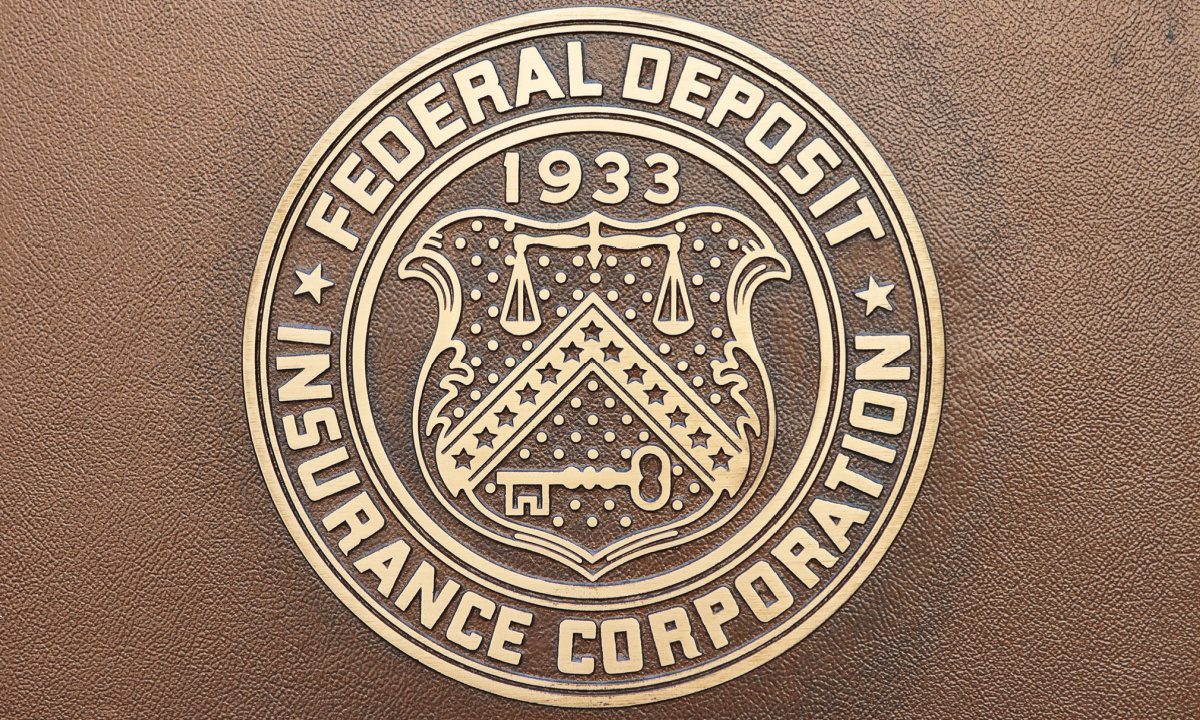Why the FDIC Is Suddenly Front-Page News

Few debates rage as fiercely today as how to protect bank customers — and how much protection they need.
A trio of regulators appeared before the Senate Banking Committee on Tuesday (March 28) to discuss what went wrong at Silicon Valley Bank and Signature Bank, why they collapsed — and how much it all will cost.
As we reported, commentary from Federal Deposit Insurance Corp. (FDIC) Chairman Martin Gruenberg, U.S. Department of the Treasury Undersecretary for Domestic Finance Nellie Laing, and Vice Chairman for Supervision of the Board of Governors of the Federal Reserve System Michael Barr weighed in on the actions that were taken to backstop uninsured deposits.
The price tag thus far? The cost to the Deposit Insurance Fund to cover the collapse of Silicon Valley Bank could be $20 billion — including $18 billion to cover uninsured deposits. The failure of Signature Bank is likely to require about $2.5 billion, including $1.6 billion to cover its uninsured deposits.
The bank runs of the past month may have been the first time in more than a decade (since the financial crisis of 2008) that consumers — or for younger bank customers, the first time ever — focused attention on what measures are in place to protect their money.
The details as to the how and whys of it all — and what comes next — deserve a bit of explanation.
What It Is:
Deposit insurance traces its roots back to the Great Depression and to 1933, when the FDIC was created. The insurance itself is the explicit guarantee by the government that the funds up to a certain amount in an account — in this case $250,000 per account — are protected. The funds are backstopped by the fees that the FDIC collects from banks. The Deposit Insurance Fund was estimated to be $128 billion, per FDIC data, as of last month.
Why It Exists:
The insurance offers a way to boost customer confidence, and stem bank runs — which happen when depositors, fearing that a bank will not be able to continue operating, pull their money out (and a bank failure becomes a self-fulfilling prophecy). Having faith that the funds will still “be there” and that the government will make these accounts whole even if a bank does fail lends some stability to the financial services industry as a whole — ostensibly it keeps the deposits from fleeing, and allows the bank to keep lending (and taking in deposits) as usual.
The deposit ceiling used to be $100,000, but was bumped up to $250,000 during the seismic events of 2008. The $250,000 became permanent in 2010.
When It’s Used:
The deposit insurance kicks in, if needed, in the event a bank fails, and the government “pays” the value of the insured deposits to holders upon liquidating the bank. This month, we saw the procedures in action as the FDIC sold a range of assets and deposits and loans (and branches) of banks including SVB and Signature to other banks while the Deposit Insurance Fund incurred the billions of dollars in costs noted above.
What’s at Issue and What’s Next:
The $250,000 cap is not actually set in stone: Regulators can make what’s known as a “systemic risk exception” where the FDIC lifts the proverbial ceiling. In that case, as we’ve seen, all uninsured deposits were covered at SVB and Signature. We noted recently that the average retail bank account balance is about $41,600. It’s the business accounts that tend to have higher balances. There are ways to “get around” the insurance caps — chiefly by having accounts spread across different banks, or using cash management accounts (which are pooled across several FDIC-insured banks).
But the larger debate is over how to stop contagion in the banking sector, who’s protected and who’s not. As it stands now, two banks were backstopped, and the actions of the government show that the cap could be raised, or even bypassed altogether. And yet the caps are still in place, which means that at least some deposits are not safe.
Part of the debate on backstopping all deposits centers around moral hazard — namely, that there’s no incentive to police banks’ decisions (on the part of their customers) on risk and governance if everyone’s made whole. Beyond that there’s specter of ripple effects on consumers: If banks wind up putting in more to the Deposit Insurance Fund (i.e., if there are more bank runs and more deposits are backstopped), then higher costs could be passed along to individuals and families for banking services.
As to what’s next: There will be more Capitol Hill hearings, of course, and reports (and recommendations) will be forthcoming from regulators by May 1. The one thing that’s certain is that the debate will continue to rage on.

